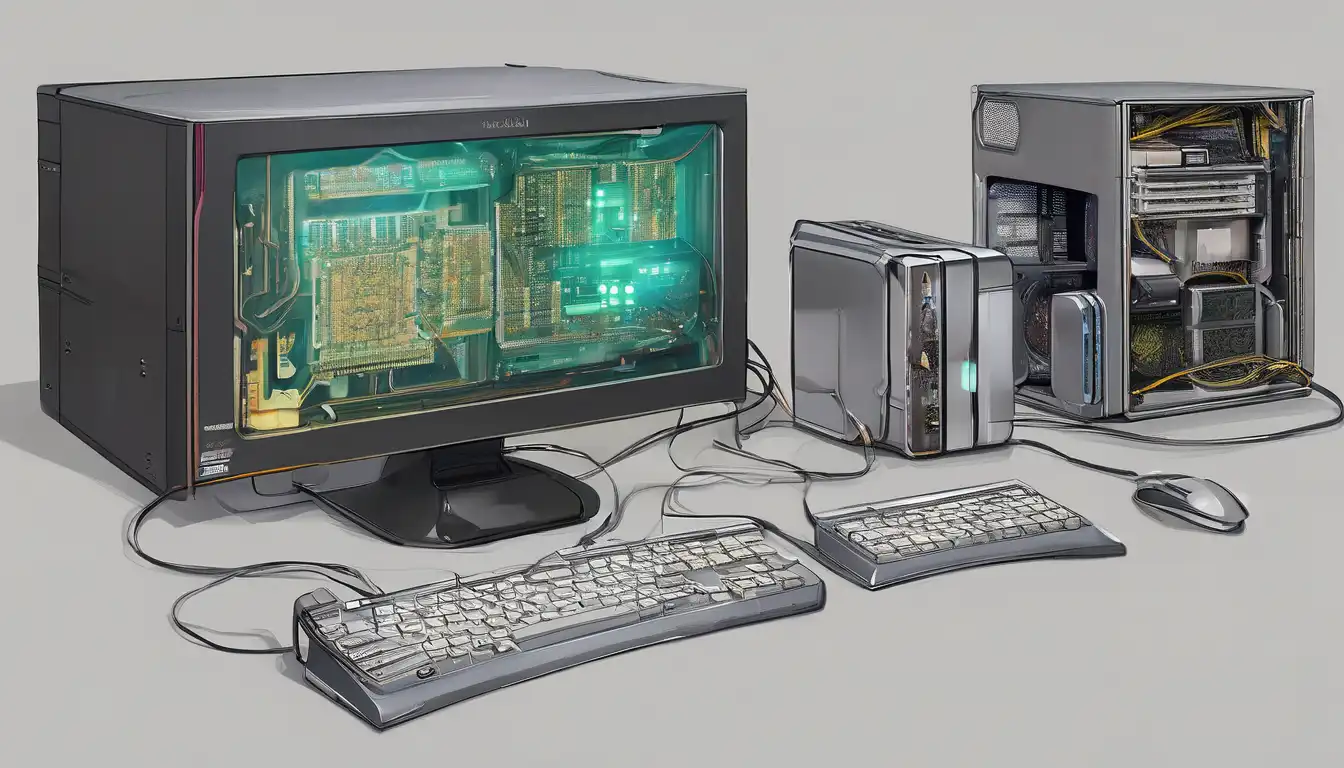Revolutionary Advances in Computer Hardware Technology
The landscape of computer hardware technology is undergoing unprecedented transformation, with innovations emerging at an accelerating pace. From quantum computing breakthroughs to AI-optimized processors, the latest developments are reshaping how we interact with technology. These advancements promise not only faster performance but also greater efficiency and new capabilities that were once confined to science fiction.
Next-Generation Processor Architectures
The heart of modern computing continues to evolve with revolutionary processor designs. Chip manufacturers are pushing beyond traditional silicon limitations with 3D stacking technology and advanced node processes. The latest processors feature heterogeneous computing architectures that intelligently distribute workloads across different types of cores for optimal performance and energy efficiency.
Quantum computing represents the most radical departure from conventional processing. While still in early stages, recent breakthroughs in qubit stability and error correction bring practical quantum computing closer to reality. These systems promise to solve complex problems in minutes that would take classical computers thousands of years.
Memory Technology Breakthroughs
Memory technology has seen remarkable innovations that bridge the gap between volatile and non-volatile storage. New memory types like 3D XPoint and MRAM offer near-DRAM speeds with persistent storage capabilities. These technologies enable instant boot times and eliminate the traditional hierarchy between system memory and storage.
The latest DDR5 memory standards provide significant bandwidth improvements over previous generations, while new cache technologies optimize data access patterns for AI and machine learning workloads. These advancements are crucial for handling the massive datasets required by modern applications.
Storage Solutions Evolution
Storage technology continues its rapid evolution with NVMe becoming the standard for high-performance storage. The latest PCIe 5.0 interfaces double the bandwidth of previous generations, enabling read/write speeds that were unimaginable just a few years ago. QLC NAND technology has made high-capacity SSDs more affordable while maintaining respectable performance.
Emerging storage technologies like computational storage bring processing power directly to storage devices, reducing data movement and improving efficiency. These innovations are particularly valuable for big data analytics and edge computing applications where latency reduction is critical.
Graphics and AI Acceleration
The convergence of graphics processing and artificial intelligence has created new hardware categories specifically designed for parallel computing. Modern GPUs feature dedicated AI cores that accelerate machine learning inference and training. Ray tracing technology, once exclusive to high-end cinematic rendering, is now mainstream in consumer graphics cards.
Specialized AI processors, or NPUs, are becoming standard components in modern systems. These dedicated chips handle AI workloads more efficiently than general-purpose processors, enabling real-time AI applications on consumer devices. The integration of AI acceleration directly into hardware represents a fundamental shift in computing architecture.
Connectivity and Interface Innovations
The latest hardware innovations extend beyond processing and storage to include revolutionary connectivity solutions. Wi-Fi 7 technology promises multi-gigabit wireless speeds with reduced latency, while Thunderbolt 4 provides versatile high-speed connectivity for peripherals and displays. USB4 standardization ensures compatibility across devices while maintaining high performance.
Optical interconnect technology is making its way into consumer hardware, offering unprecedented bandwidth for data transfer between components. These advancements in connectivity are essential for supporting the increasing demands of virtual reality, 8K video streaming, and real-time collaboration applications.
Power Efficiency and Thermal Management
As performance increases, so does the importance of power efficiency and thermal management. Advanced power delivery systems using gallium nitride (GaN) technology provide more efficient power conversion with reduced heat generation. Liquid cooling solutions, once reserved for high-end systems, are becoming more accessible and effective.
Innovative thermal interface materials and advanced heat pipe designs enable higher sustained performance without thermal throttling. These developments are crucial for mobile devices where battery life and thermal constraints are primary design considerations.
Future Directions and Emerging Technologies
The future of computer hardware technology points toward even more integrated and specialized systems. Neuromorphic computing, which mimics the human brain's neural structure, shows promise for certain types of pattern recognition tasks. Photonic computing, using light instead of electricity for data transmission, could revolutionize data center efficiency.
As we look ahead, the boundaries between hardware and software continue to blur with hardware-software co-design becoming increasingly important. The latest innovations in computer hardware technology are not just about making computers faster—they're about making them smarter, more efficient, and better suited to the complex tasks of the modern digital world.
These advancements in computer hardware technology will continue to drive innovation across all sectors, from scientific research to consumer entertainment. As hardware capabilities expand, so too will the possibilities for software development and digital experiences. The future of computing looks brighter than ever, with hardware innovations paving the way for technologies we can only begin to imagine.
